When you’re passionate about exotic pets, it’s natural to want to expand your menagerie. However, introducing new animals to existing pets can be challenging, especially with exotic species that have specific temperaments, territorial behaviors, and social structures.
Unlike domesticated cats and dogs that have evolved alongside humans for thousands of years, exotic pets often retain wild instincts that can make introductions particularly delicate. This comprehensive guide will help you navigate the process of introducing exotic pets to each other safely, minimizing stress for both the animals and yourself.
Understanding Species Compatibility Fundamentals
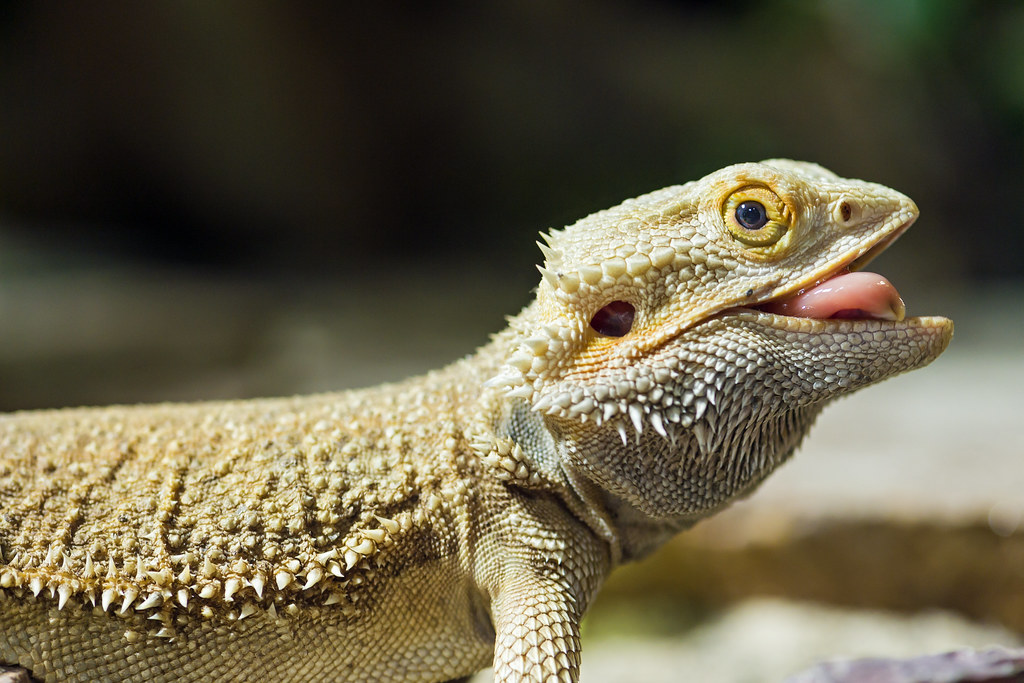
Before attempting any introduction, it’s essential to research whether your exotic pets can coexist at all. Some species combinations are fundamentally incompatible due to predator-prey relationships, competition for resources, or vastly different environmental needs. For example, introducing a bearded dragon to a ball python would be dangerous for the lizard, as snakes naturally prey on lizards in the wild.
Similarly, mixing tropical and desert species often results in one animal being kept in unsuitable conditions, compromising their health. Research should include consulting with exotic veterinarians, experienced breeders, and reputable care guides specific to your species to determine if cohabitation is even possible before proceeding with any introduction plans.
Creating a Proper Introduction Timeline
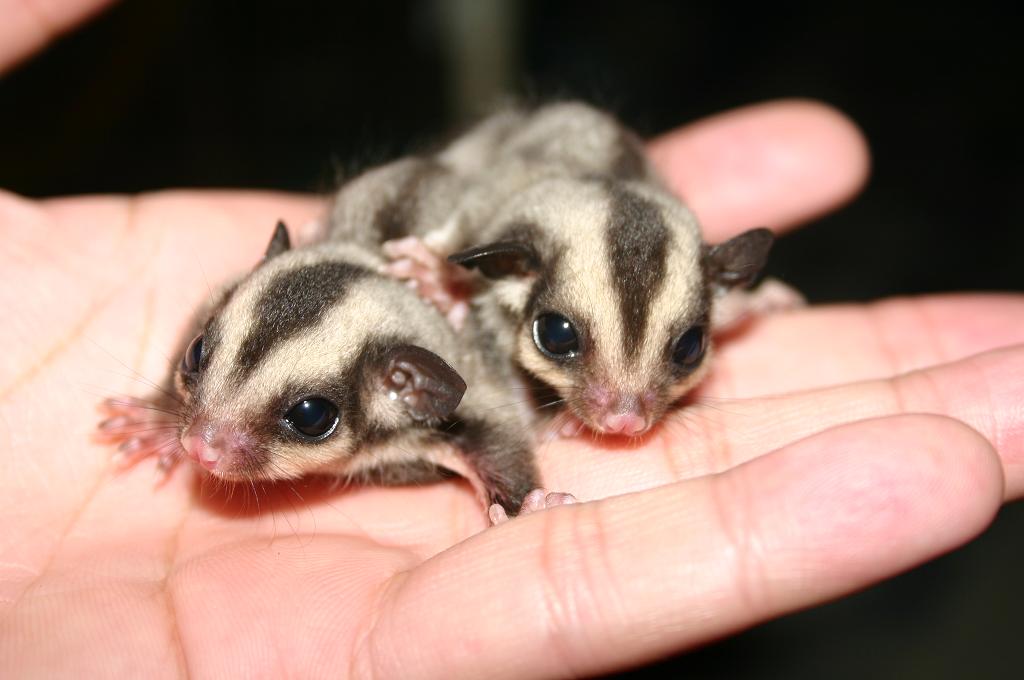
Rushing introductions between exotic pets is a recipe for disaster and can lead to stress, injury, or even death. A proper timeline typically spans weeks or even months, depending on the species involved and their individual temperaments. Start by allowing animals to become aware of each other’s scents from a safe distance before progressing to visual contact without physical interaction.
For particularly sensitive species like sugar gliders or certain reptiles, this acclimation period may need to extend longer, with progression to the next step only when both animals show relaxed behavior consistently. Remember that prey animals like rabbits or guinea pigs will naturally take longer to feel secure around predatory species, even if the predator shows no hunting interest.
Setting Up Neutral Territory
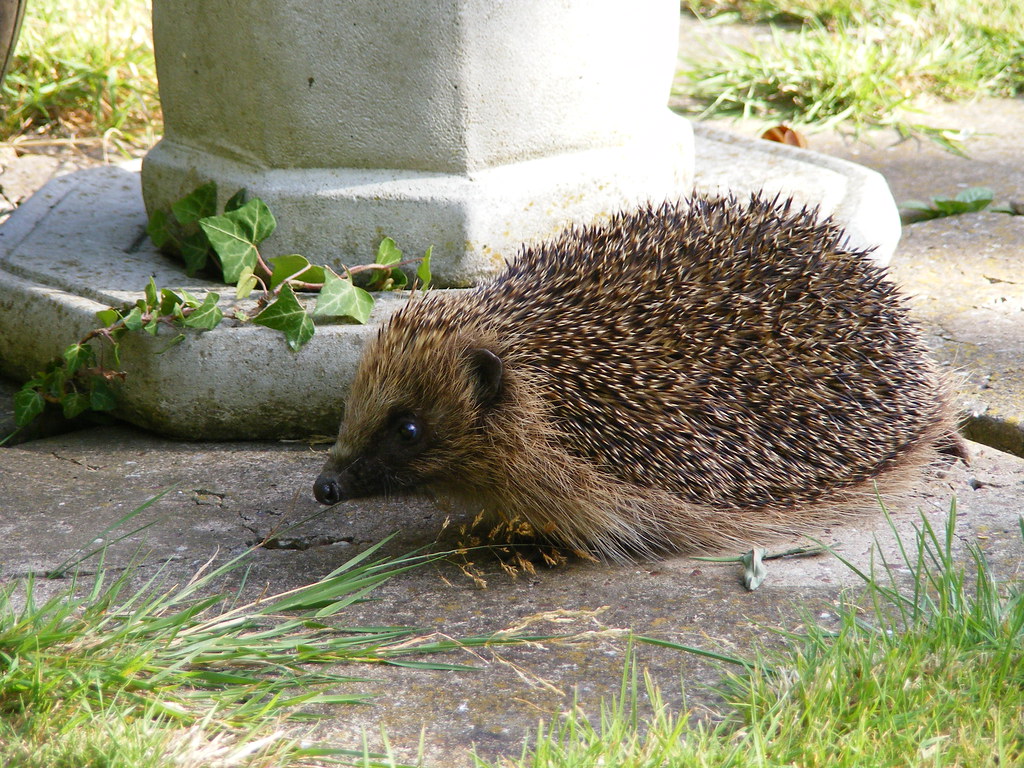
Territorial behavior is particularly pronounced in many exotic pets, making neutral ground essential for first meetings. This space should be unfamiliar to both animals, preventing either from feeling the need to defend their territory or becoming overwhelmed by an intrusion. The neutral area should be escape-proof yet provide hiding spots and retreat options for both animals to reduce stress.
For smaller exotics like hedgehogs or sugar gliders, a bathtub with non-slip mats and hiding places works well, while larger pets might need a sectioned-off room with carefully arranged furniture. Ensure this space is free from strong scents, loud noises, or bright lights that could add additional stress factors during the critical introduction phase.
Monitoring Body Language Cues
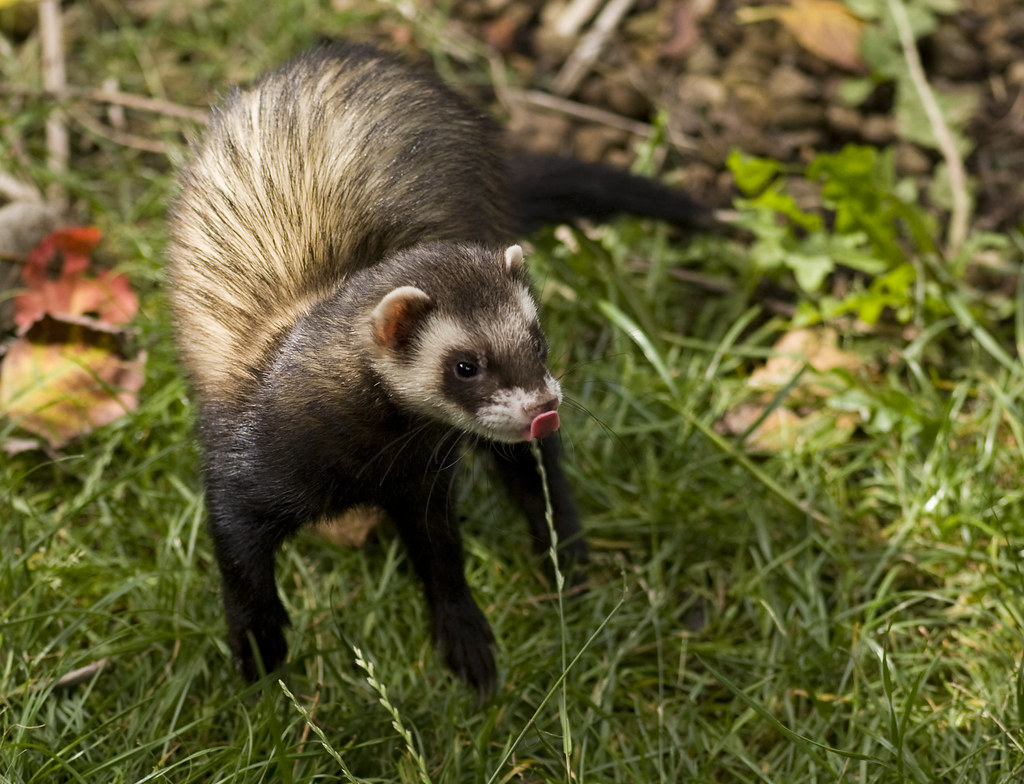
Learning to read the specific body language of your exotic pets is crucial for successful introductions. Unlike dogs and cats, exotic animals often display subtle stress signals that owners might miss without proper knowledge. For reptiles, puffing up, hissing, or rapid breathing indicates stress, while many birds will pin their eyes, fluff their feathers, or bob their heads when feeling threatened.
Small mammals like ferrets might arch their backs and hop sideways (the “war dance”) when agitated, while slower movements and hiding are common stress responses in prey species like chinchillas. Documenting these behaviors before, during, and after introduction sessions can help you determine whether to proceed or take a step back in the process.
Using Scent Exchange Techniques
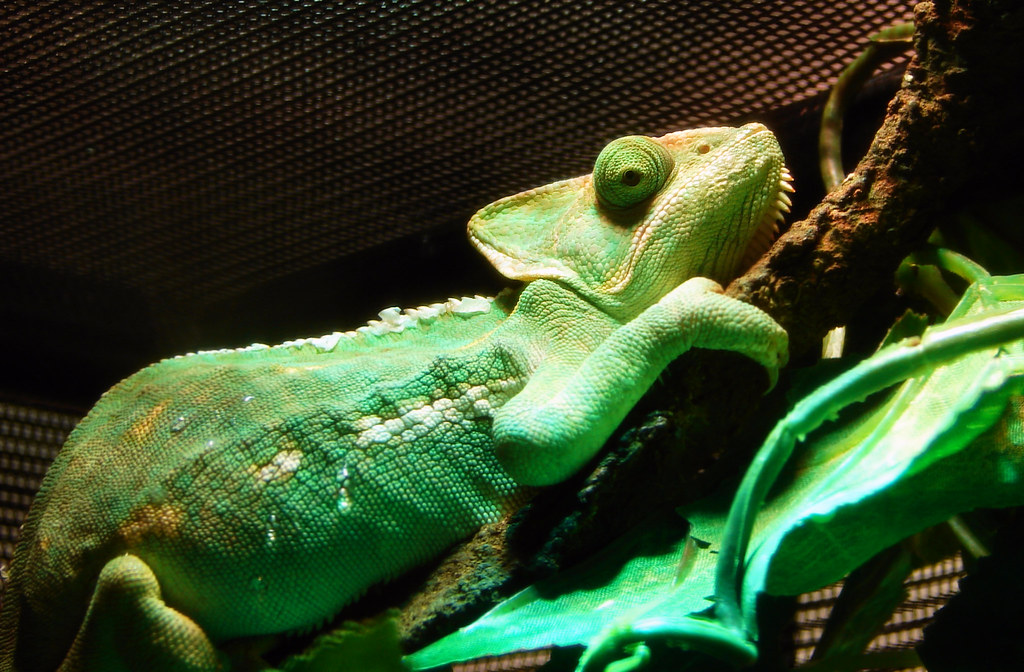
Scent plays a crucial role in how exotic pets perceive each other, making scent exchange an effective preliminary step before visual introductions. This process involves swapping bedding materials, toys, or habitat items between pets to familiarize them with each other’s odors in a non-threatening way. For mammals like sugar gliders or hedgehogs, you can also try rubbing a clean cloth gently on each animal and then placing it in the other’s habitat.
With reptiles, transferring substrate or decorations between enclosures helps create scent familiarity. This gradual exposure helps reduce the “stranger danger” response when they finally meet, as they’ll already recognize each other’s scents as part of their environment rather than as an immediate threat.
Managing Stress Through Environmental Control
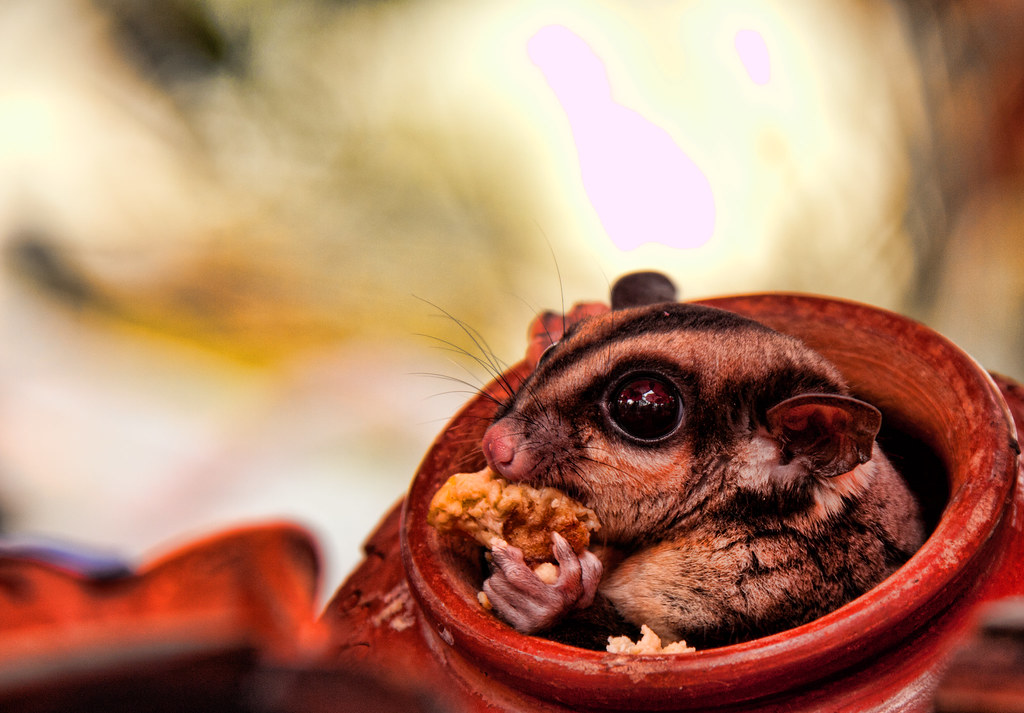
The environment where introductions take place significantly impacts stress levels for exotic pets. Temperature, humidity, lighting, and background noise should all be carefully controlled to match the comfort zones of both species. For reptiles and amphibians, maintaining precise environmental parameters is particularly crucial, as stress can quickly compromise their immune systems. Creating multiple temperature gradients allows different species to self-regulate their comfort levels during introductions.
Background white noise can help muffle startling sounds, while dimmer lighting often creates a more secure feeling for nocturnal species like sugar gliders or hedgehogs. Remember that environmental stressors compound the social stress of introductions, so creating optimal conditions gives your pets the best chance of a positive interaction.
Implementing Barrier Methods
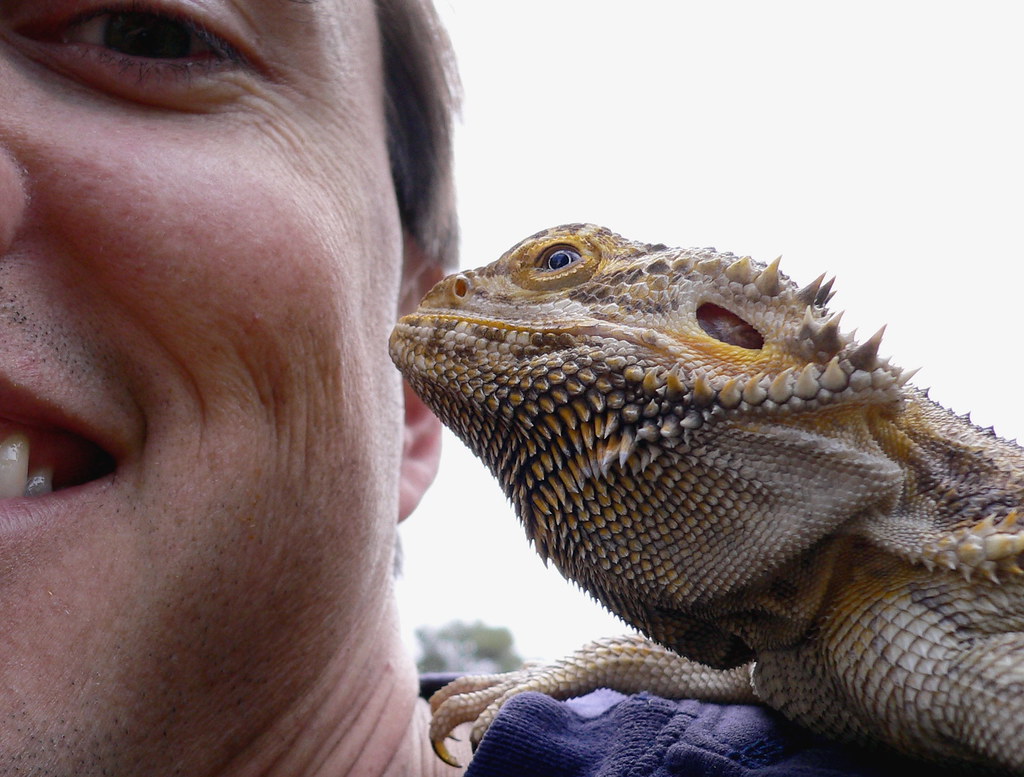
Physical barriers that allow visual and olfactory contact without physical interaction are invaluable tools during exotic pet introductions. Mesh dividers, glass tanks placed side by side, or exercise pens with fine netting can allow animals to see and smell each other without the risk of confrontation. For highly territorial species like certain lizards or birds, these barrier methods might need to be used for extended periods, gradually decreasing the separation as tolerance increases.
Some owners successfully use clear plastic containers with air holes for smaller pets, allowing them to observe each other from complete safety. The key is ensuring the barrier is secure enough that neither animal can breach it while still allowing them to gather information about their potential new companion.
Timing Introductions Strategically
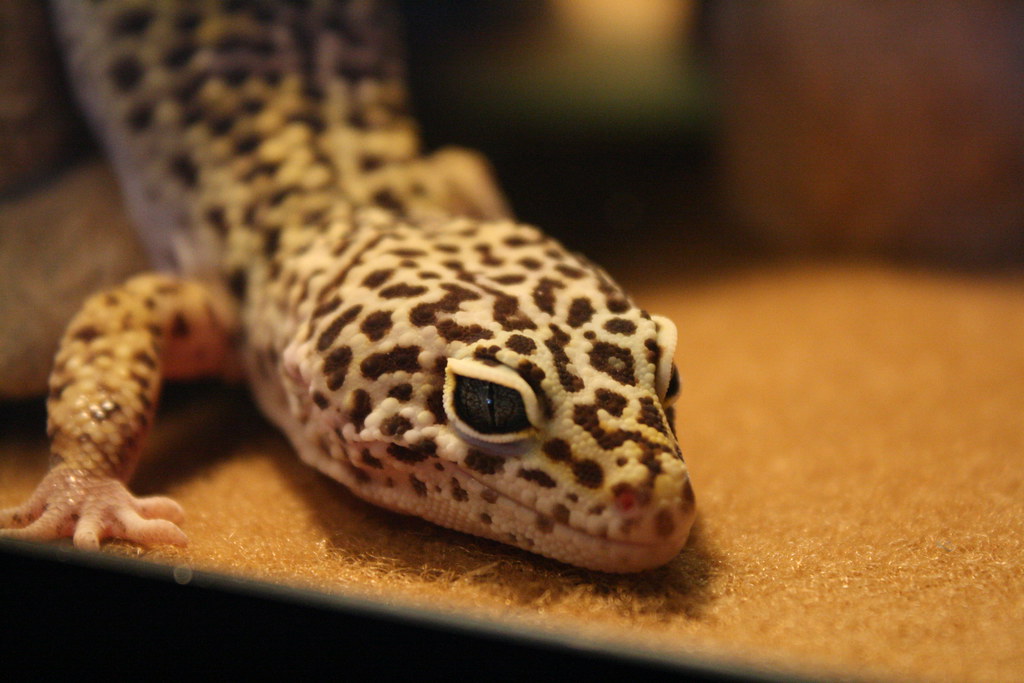
The timing of introduction sessions can significantly impact their success with exotic pets. Most exotic species have specific activity periods when they’re naturally more alert and less irritable. For diurnal animals like bearded dragons or parrots, mid-morning often works best when they’re active but not yet tired from a full day. Nocturnal species like sugar gliders or leopard geckos should be introduced during their active evening hours rather than waking them during their rest period, which would add unnecessary stress.
Additionally, avoid introductions during breeding seasons, shedding periods for reptiles, or immediately after bringing a new pet home. Fresh arrivals need time to adjust to their environment before facing the additional challenge of meeting other animals.
Providing Appropriate Supervision
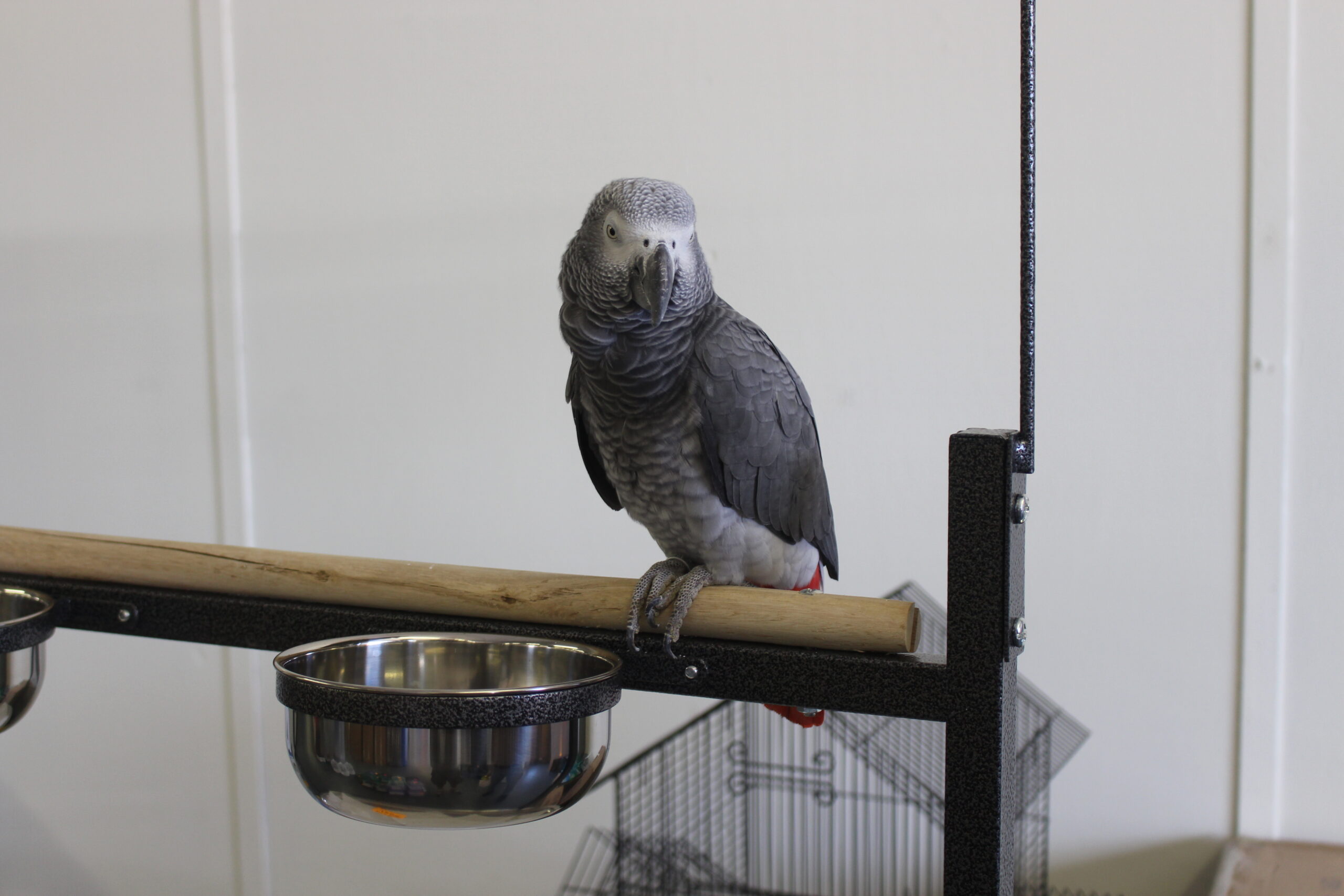
Never leave exotic pets unsupervised during introductions, no matter how well they seem to be getting along initially. Unlike domesticated animals, exotic pets can switch from calm to defensive behavior rapidly based on subtle triggers humans might not perceive. Having intervention tools ready is essential—these might include thick gloves for handling, towels for safely separating animals, or specialized tools like snake hooks for reptile species.
For flying species like birds or gliding mammals, ensure all windows and escape routes are secured before beginning the introduction. Create a specific emergency plan for each species combination, considering their unique defense mechanisms and how to safely counteract them without causing additional stress or injury.
Using Food Distractions Appropriately
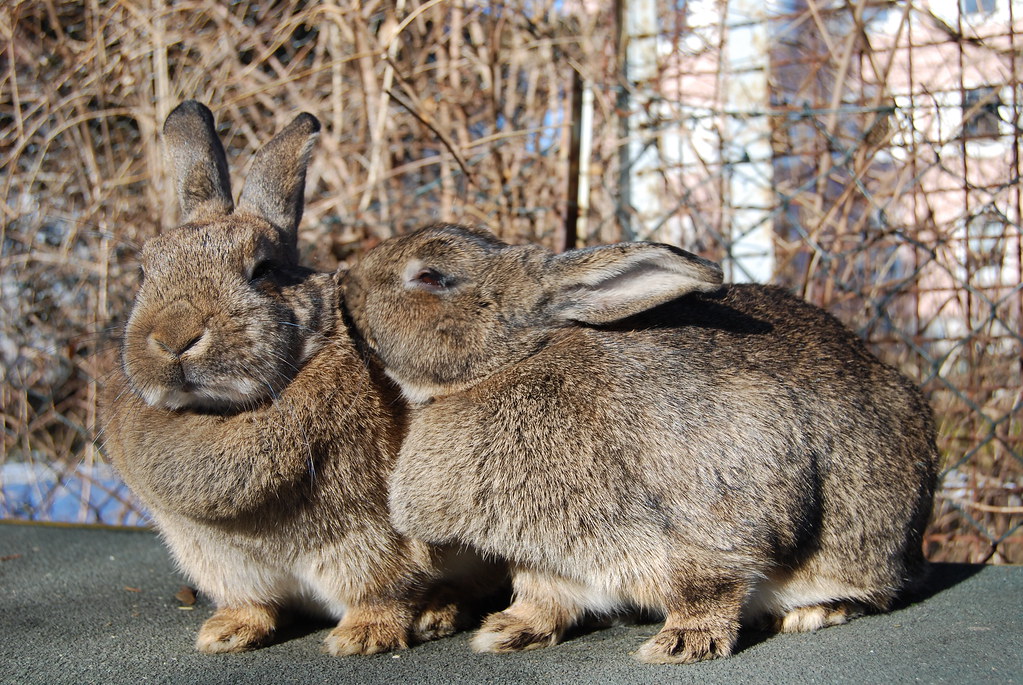
Food can be a powerful tool for positive associations during introductions, but must be used carefully with exotic pets. Unlike dogs or cats, many exotic species have strong food guarding instincts or may become more territorial when feeding. For herbivores like rabbits or guinea pigs, offering abundant fresh vegetables scattered throughout the neutral space can create parallel feeding opportunities without direct competition.
With omnivorous species like sugar gliders or certain birds, offering novel treats during supervised interactions can create positive associations with the other animal’s presence. However, avoid high-value foods that might trigger resource guarding, and never use feeding methods that force animals to compete directly for the same food source, as this can quickly escalate tensions even between otherwise compatible animals.
Managing Species-Specific Challenges
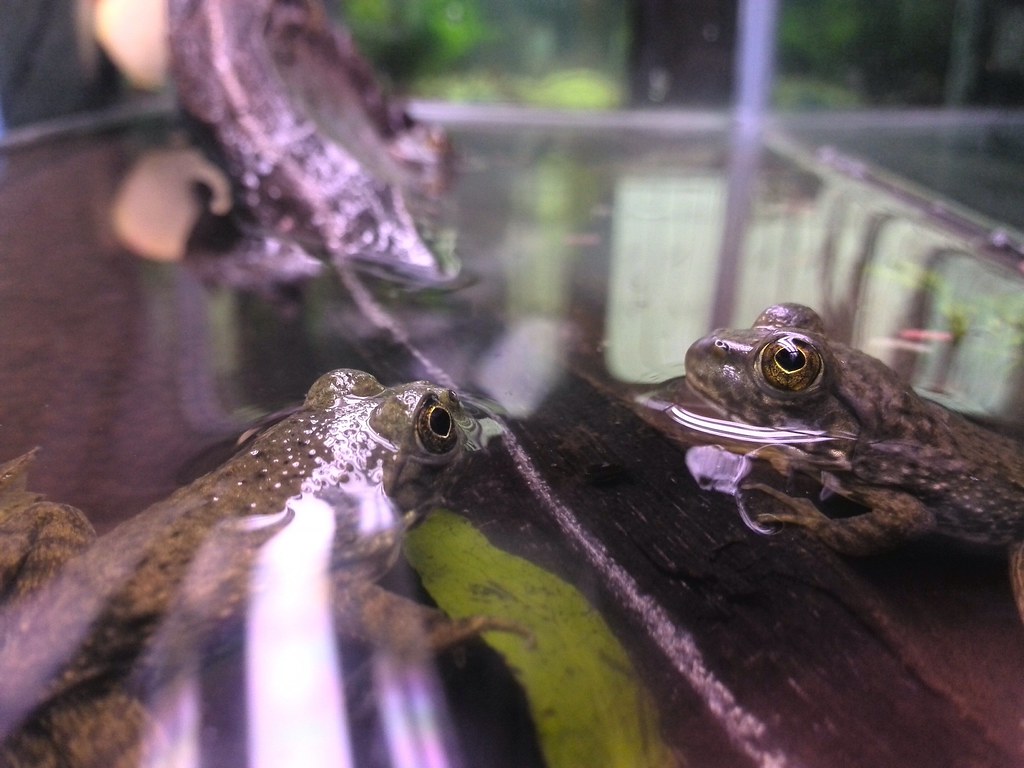
Each exotic pet category presents unique challenges during introductions that require specialized approaches. Reptiles often rely heavily on visual displays and territorial behaviors, making slow, gradient introductions particularly important. Birds may form instant likes or dislikes based on initial interactions, requiring careful supervision of early meetings to prevent negative imprinting. Small exotic mammals like sugar gliders or hedgehogs might have colony-specific scents that make outsiders automatically perceived as threats until proper scent integration occurs.
Amphibians and invertebrates generally should not be introduced directly to other species due to their sensitivity to chemicals and different immune responses. Researching the social structures of your specific exotic pets helps anticipate these challenges and develop appropriate strategies for their particular needs.
Recognizing When to Separate Permanently
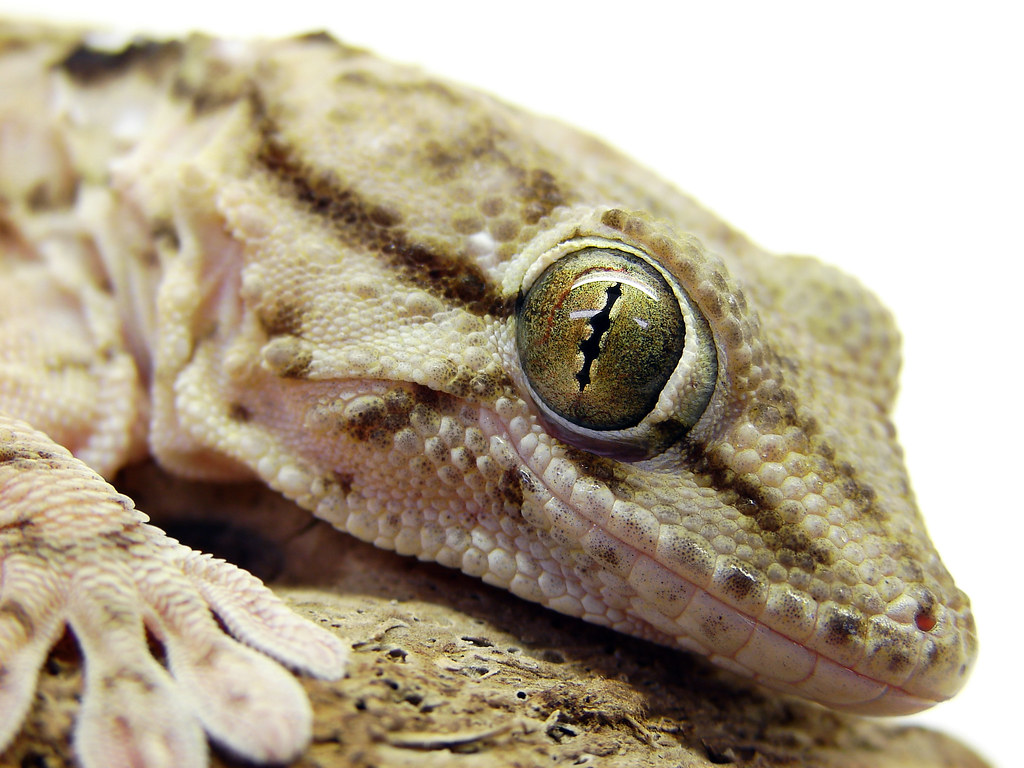
Despite best efforts, some exotic pets will never safely cohabitate, and recognizing these situations quickly prevents stress and injury. Persistent aggression, one animal constantly hiding or showing stress behaviors, or any physical confrontations are clear signs that cohabitation isn’t viable. Weight loss, decreased appetite, abnormal grooming behaviors, or other health changes following introduction attempts may indicate chronic stress that warrants permanent separation.
With exotic pets, forcing incompatible animals together can lead to serious consequences including immunosuppression, failure to thrive, and shortened lifespans. Accepting that some exotic pets do better as the sole species in their habitat isn’t a failure but rather responsible ownership that prioritizes animal welfare over the owner’s desire for a multi-species collection.
Creating Long-Term Cohabitation Success
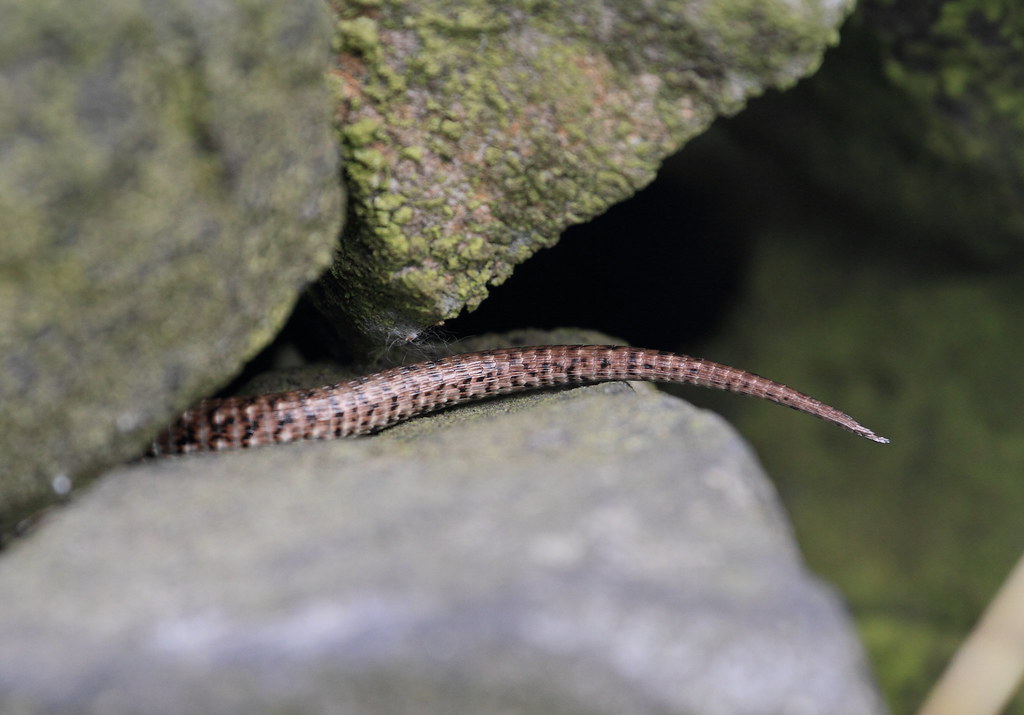
For compatible exotic pets, establishing ongoing strategies ensures continued harmony after successful introductions. Regular environmental enrichment prevents resource competition by providing multiple feeding stations, water sources, hiding spots, and basking areas appropriate for each species. Monitoring for subtle changes in dynamics remains important, as relationships between exotic pets can shift with age, breeding condition, or health status. Some owners find success with “part-time” cohabitation, where animals share space during supervised periods but maintain separate primary habitats.
Documentation of successful introduction methods, behavioral observations, and environmental conditions helps track progress and troubleshoot any issues that arise. Remember that even successfully introduced exotic pets may occasionally need separation during stressful periods like illness or environmental changes.
Conclusion
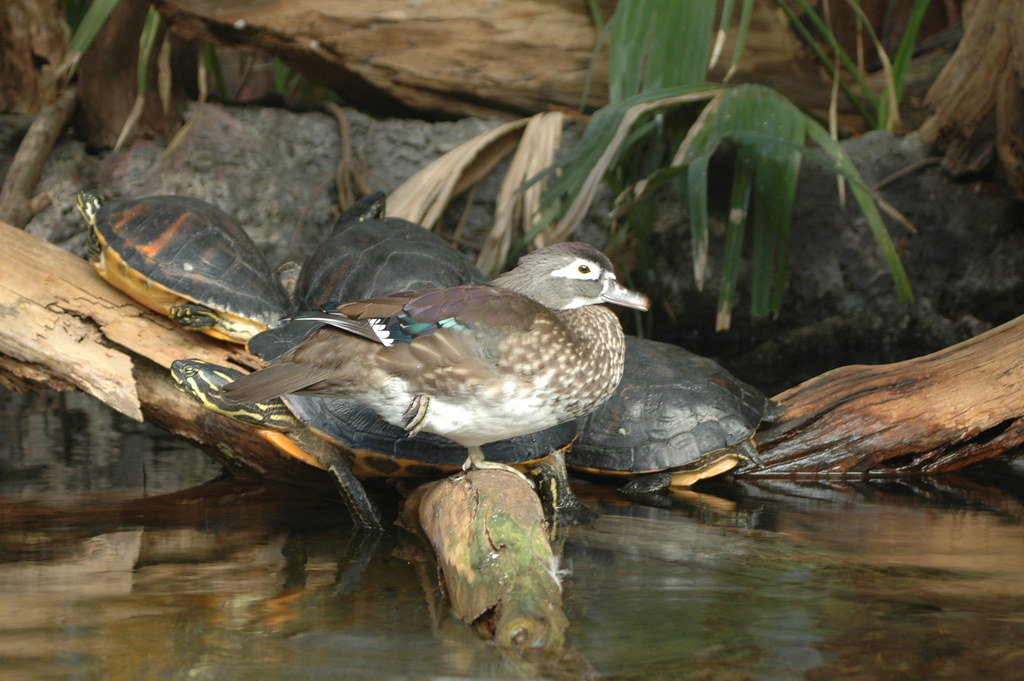
Introducing exotic pets to each other requires patience, preparation, and a species-specific approach that respects their unique needs and natural behaviors. By understanding compatibility, creating proper timelines, using neutral territory, and carefully monitoring interactions, you can minimize stress and maximize the chances of successful introductions.
Remember that the wellbeing of your pets should always take priority over the desire to house multiple species together. With careful planning and realistic expectations, many exotic pet owners can create harmonious multi-species households that enrich the lives of both the animals and their human caregivers.

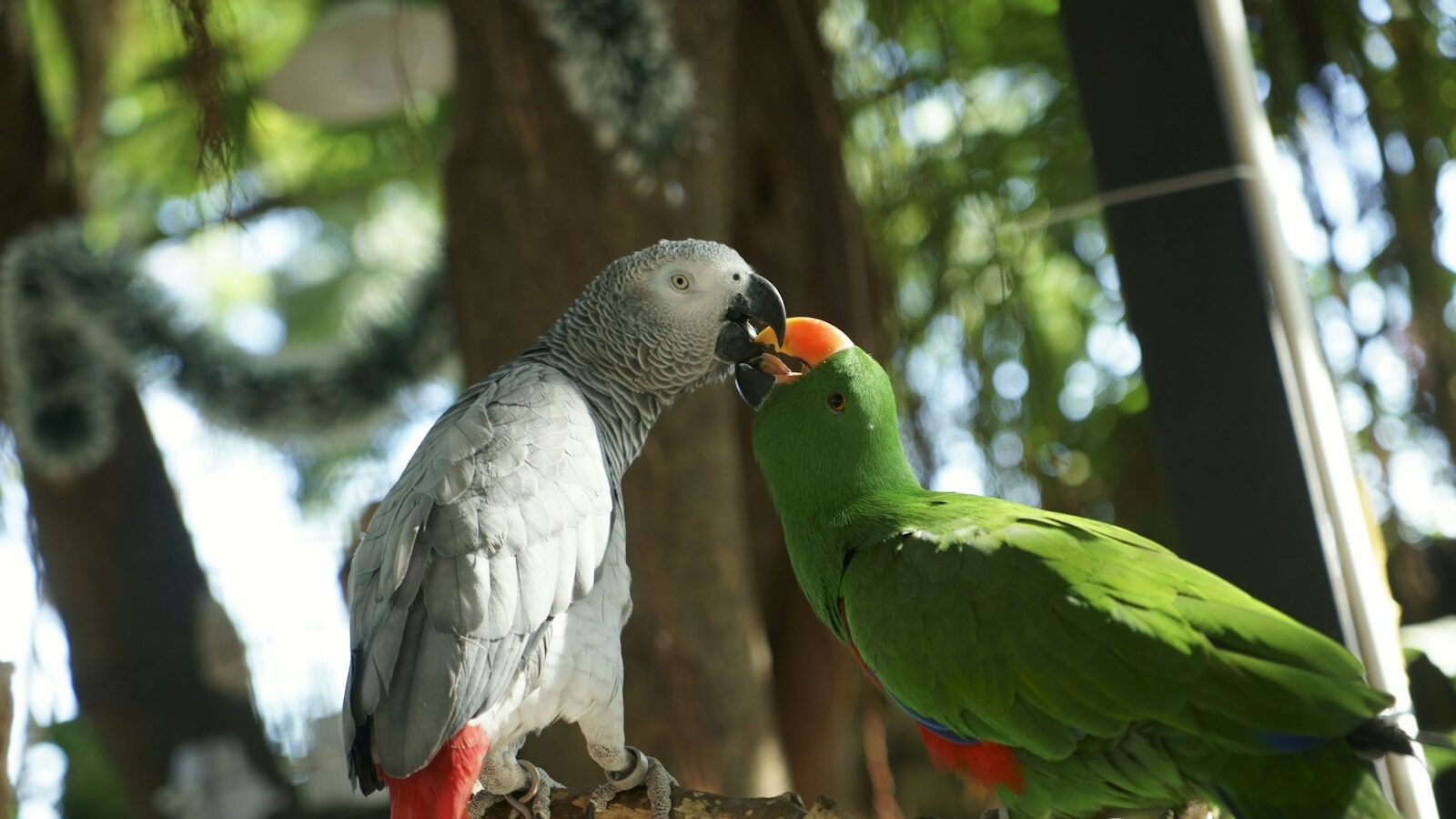

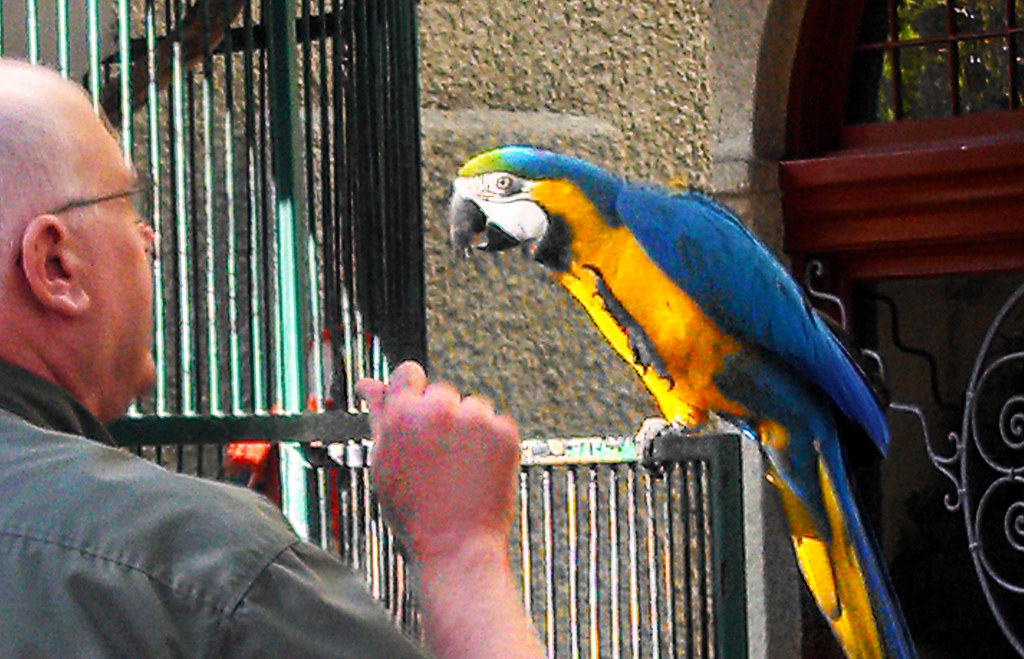
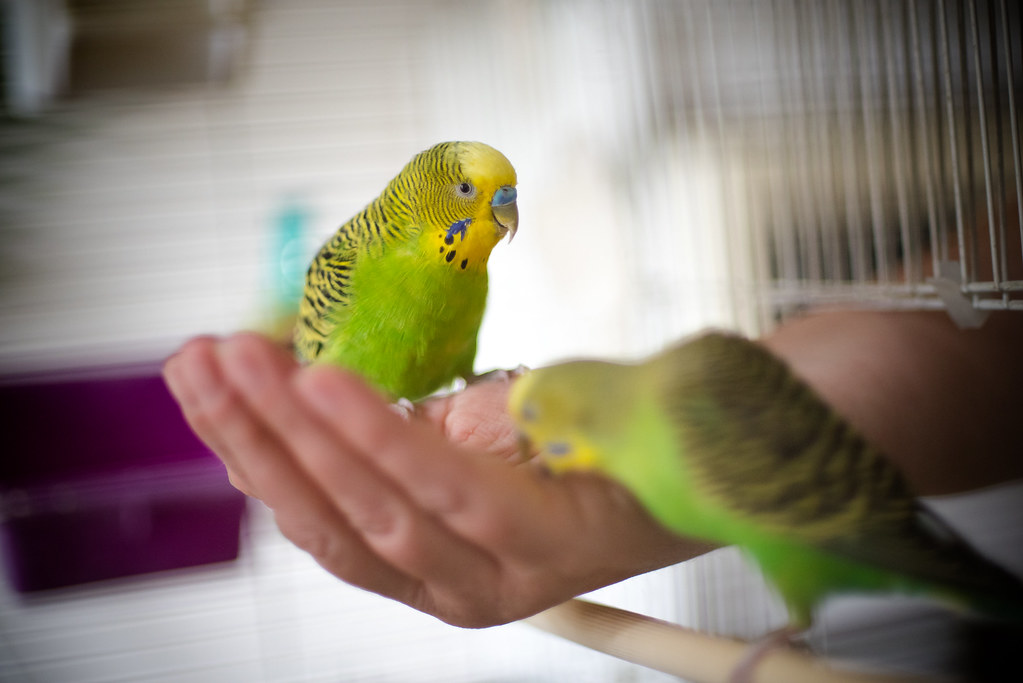
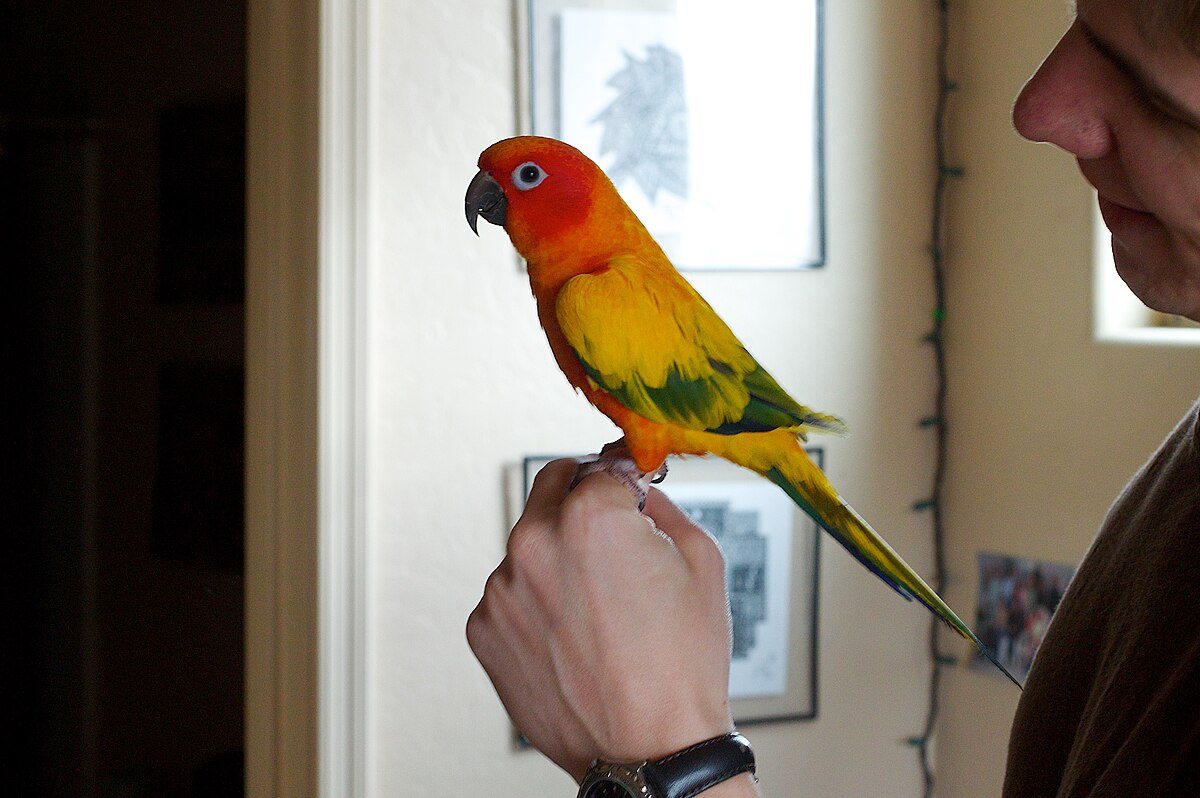


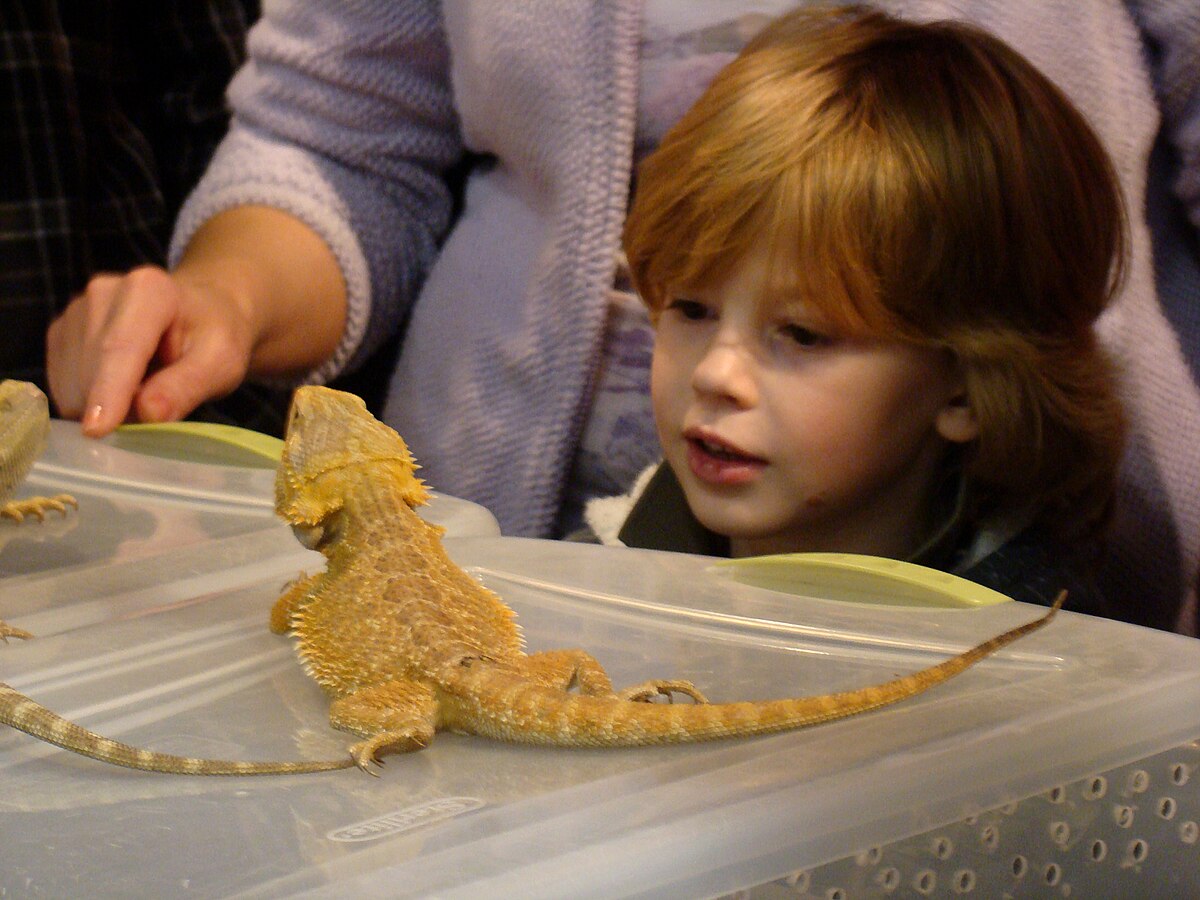
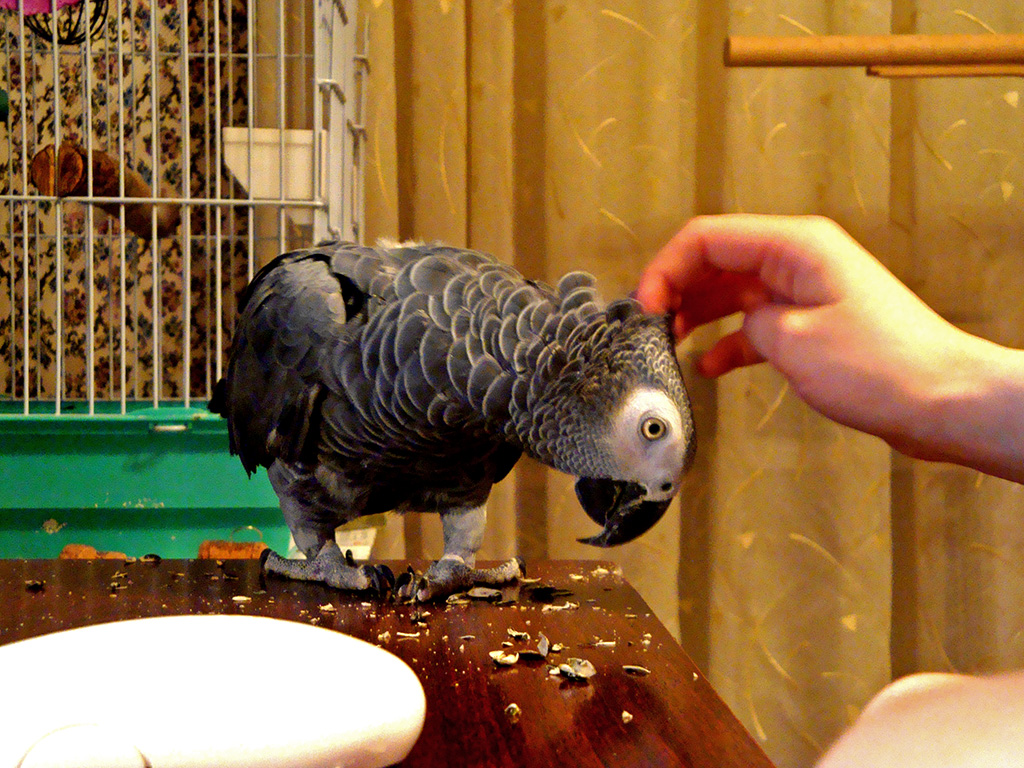
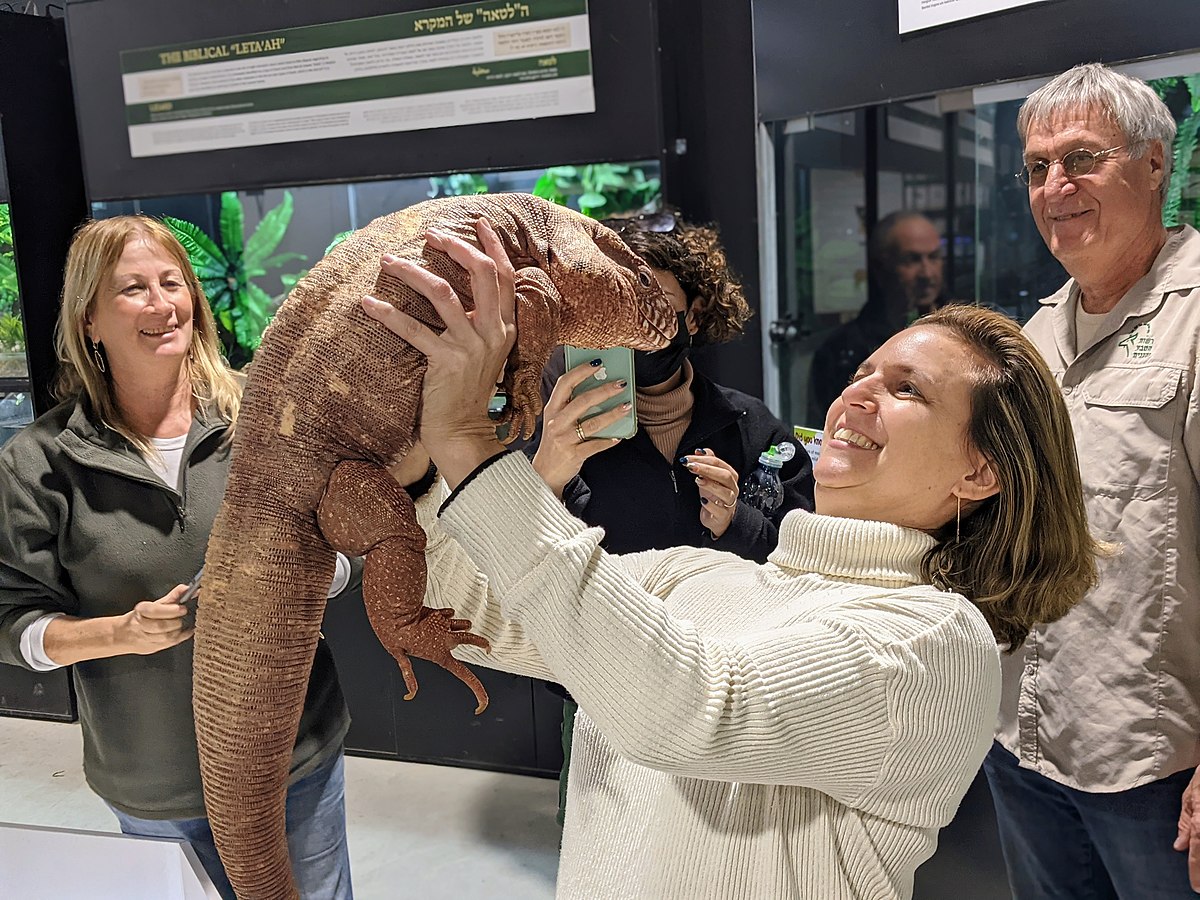




Leave a Reply